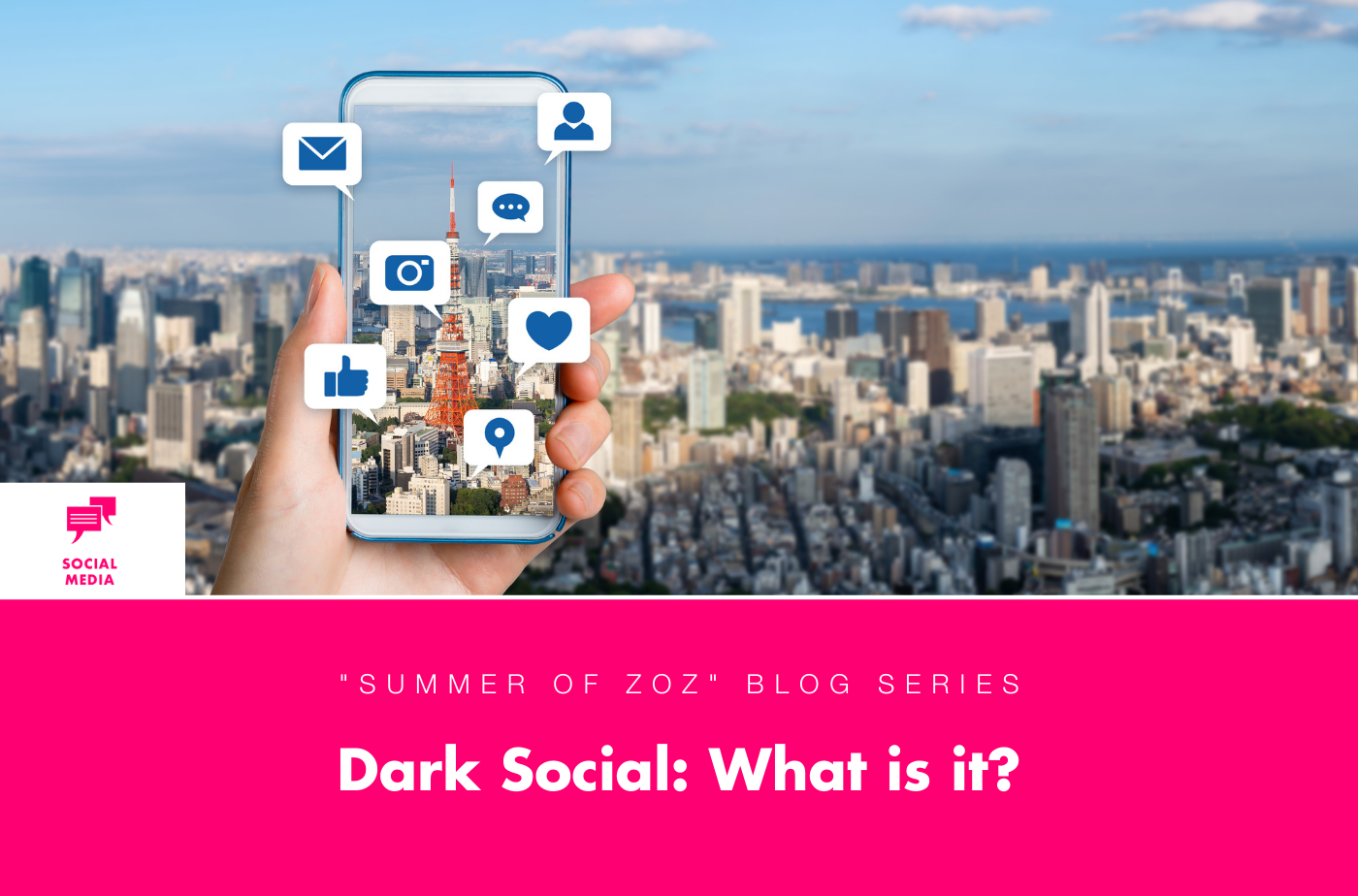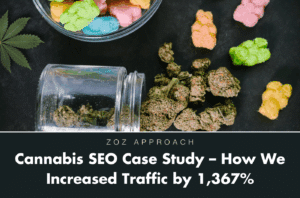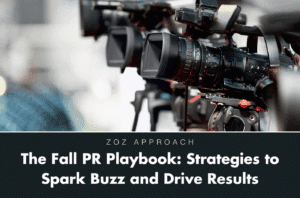In our next installment in our ‘Summer of Zoz’ blog series, Executive VP of Digital Marketing and Analytics, David Wilson provides insights on dark social and its implications in the marketing and analytics of social spend budgets. With the increasing volume of shares through various platforms, how can you properly measure success? Read on to learn more.
What is Dark Social?
There are a lot of people talking about Dark Social these days. While it is not a new term, it was first coined by Alexis Madrigal of The Atlantic in 2012. It is a topic that is growing more and more important as the use of messaging apps continues to increase.
In this post we will take a look at what Dark Social is, why it matters and how you can use Dark Social to your advantage.
First a definition from Wikipedia: Dark social media, dark social, or dark traffic, are social shares that do not contain any digital referral information about the source.
Think about how you share information with your friends, family or co-workers. Often we are sharing links to products and services that we are interested in via messaging apps, email and text.
When we share a link via one of these platforms, the analytics data gets stripped out, so the traffic often shows up as direct traffic in your analytics program. That means that traffic, and more importantly conversions, are often attributed to the wrong channel.
Why is Dark Social a Problem for Marketers?
In a white paper published by RadiumOne, 84% of all shares on social media networks are “dark.” That would imply that you are basing your advertising decisions and dollars on about 16% of what’s actually happening!

If 84% seems high to you, consider that in the Atlantic article, they believed that 50% of social shares happened via dark social. And that was in 2012!
Why is Dark Social Important?
Dark social is important to marketers because it disguises what marketing tactics and channels are really generating leads and sales because all of this traffic is attributed to direct traffic.
That distorts the actual sources of traffic and conversions which makes it difficult for CMO’s and marketing leaders to correctly allocate money towards productive marketing activities or channels if the analytics show that the tactic is not performing.
Discovering Attribution with Dark Social
Dark social is all about attribution, but we have yet to see an attribution solution that captures all the activity that is taking place in messaging and text apps.
That is why we have approached solving Dark social from the content angle. With the majority of interactions taking place off social media and in messaging apps, the social media content that you are producing needs to change to be readable and digestible within these apps.
A social media post with a link to a website isn’t good enough anymore.
The secret to being successful in a Dark Social world is to produce interesting, informative and original content that can be consumed on both platforms (social and messaging). That means reels/carousels/stories.
Some examples of this type of content are:




Combatting Dark Social
Dark social means sharing content on messaging apps like WhatsApp, Facebook Messenger and Slack that do not contain digital referral information. As a result, marketers cannot identify or attribute the traffic and conversions correctly.
Data shows that 84% of social media shares are dark. We believe that the solution is to produce content that can be consumed on both social and messaging platforms.
If you want to learn more about Dark social or how your company can be successful producing content in a Dark social world, connect with us today to discover a solution.
BOSTON, MARS



